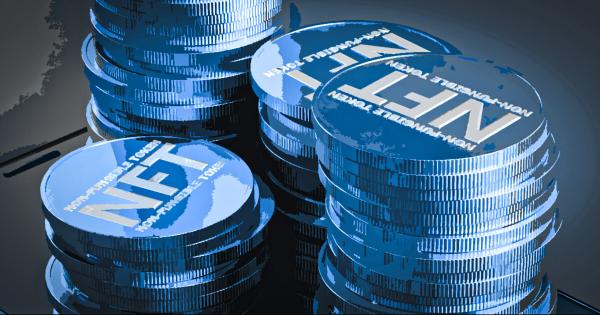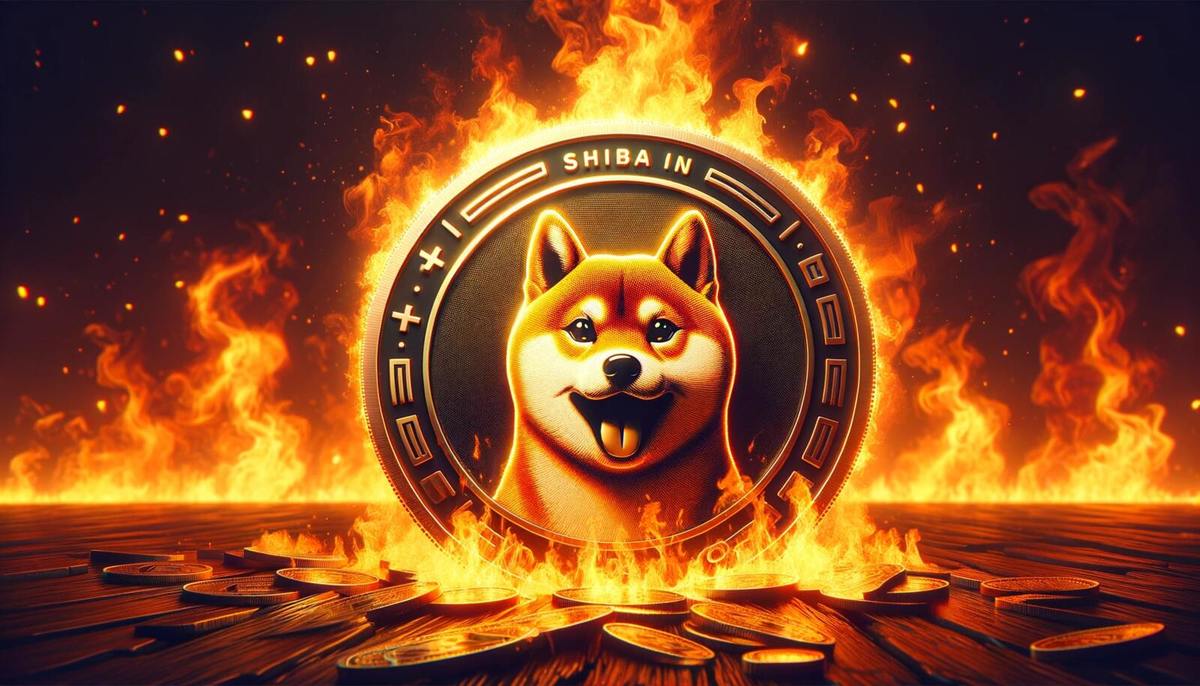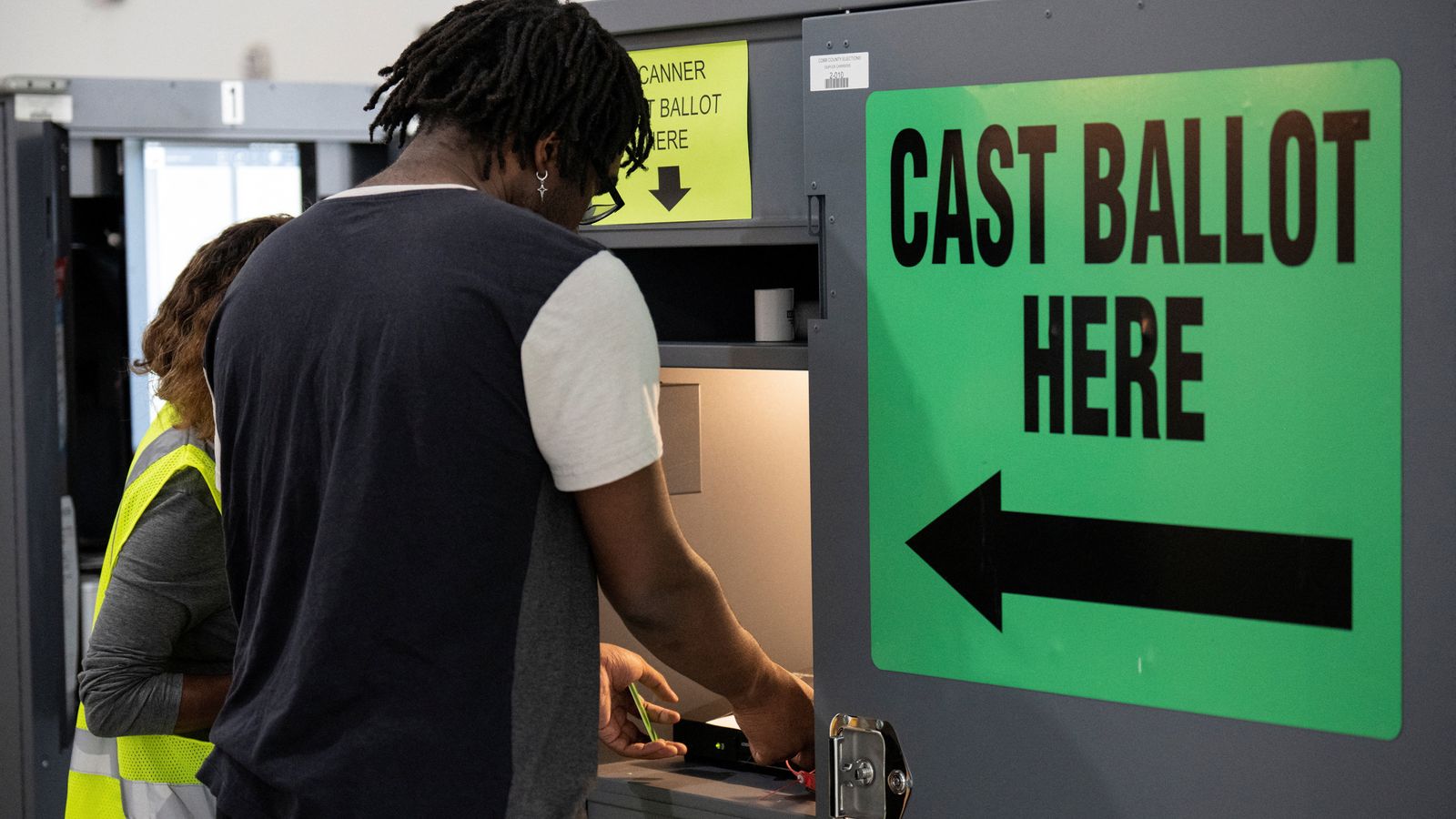Fuelled by early movers such as NFTfi and Blend, NFT lending is one of the hottest sectors in the crypto market, attracting outsize attention and funding. Everyone’s betting on the growth of this niche.
The NFT lending market has grown to account for more than $100 million per week in loan volume, with more than $95 million in outstanding book value.
Despite these impressive numbers, NFT lending still only represents 2% of the total NFT market cap of $5 billion. To increase adoption, protocols must be more efficient, well-designed and safer. The future of NFT lending looks bright, even without considering revolutionary new applications like real-world assets.
Even by crypto standards, the NFT sector is full of risks, volatility, and tempting potential returns. And the NFT lending sector in particular, is often defined by terms nearer to payday loans than mortgages.
The next time you need liquidity, ask the following questions:
1) How long do I need the loan? Generally, you only want to borrow funds for as long as you need them. While the loan is out, you need to consider factors such as interest accrual, risks of liquidation, price volatility, impact on NFT rewards, etc. Estimate how long you need the loan, but add some buffer in case of unexpected events to avoid unforeseen consequences.
2) How does the interest accrue? Some protocols, such as Gondi and Zharta, only charge interest while loans are outstanding. Others charge interest for the full duration of the loan, even if you repay early. Understand how interest accrues. If you think you might repay early, follow a protocol that only charges based on how long the loan was outstanding.
- Example: You secure an 8 ETH loan on your Chromie Squiggle for 1 year at 10% APR. The total interest for the year is 0.8 ETH (~$1,500). If you were to repay the loan within 6 months, some protocols will charge you 0.4 ETH in interest, while others the full 0.8 ETH. That’s a difference of ~$750.
3) How do liquidations work? Some protocols liquidate your position if the floor value of your NFT drops, while others will liquidate based on the due date. Peer-to-peer lending platforms like Gondi are usually time-based, while peer-to-peer platforms are based on price oracles.
- Example: You secure a loan on an NFT with a collection floor price of 15 ETH at the time of the loan. However, the floor price of the collection suddenly plummets to 10 ETH, automatically triggering a liquidation of your loan – even if the price drop is temporary. This has been a risk for peer-to-pool protocols relying on oracle pricing, particularly during illiquid markets.
4) What other mechanics could liquidate my NFT? Lenders at Blend can exit their loan positions at any time via continuous loans. Through a process known as “Dutch auctions,” the lender invites other lenders to take over the loan at a higher interest rate than the initial position.
- Example: You secure an 8 ETH loan on your Chromie Squiggle at 10% interest with a continuous term (no fixed end date). At some point, the lender decides to exit the position. The loan will be sent to a Dutch auction that lasts 6 hours. After the auction ends, you may have a higher interest rate loan. Alternatively, if no new lender makes a bid, you then have 24 hours to repay the loan plus interest, or your NFT will be liquidated.
5) Can I change the terms of my loan? Let’s say the value of your NFT goes up during the loan period. Will you be able to get better terms from lenders? If you need more time to repay the loan, can you renegotiate?
- Example: Gondi enables continuous underwriting, where lenders compete to refinance all or part of loans as long as they offer better deals in duration, APR and/or capital. In addition to Gondi, X2Y2 offers refinancing options, while NFTfi and Arcade offer renegotiations. (Gondi is the most flexible.)
6) Can I use Tokengate or receive an airdrop while my NFT is on a loan? Many NFTs act as “membership passes,” giving holders access to exclusive communities or content. Also, projects can encourage users to hold their NFTs by airdropping tokens or other rewards while they have the NFTs in their wallets. Before you borrow against your NFT, you need to understand what will happen to those incentives.
- Example: According to the X2Y2 FAQs, when an NFT is locked in the loan contract as collateral, any airdropped tokens for the NFT project will be sent to the loan contract (instead of the borrower’s, or lender’s, wallet).
7) Which currency do you want to borrow? If you are bearish on ETH during the duration of the loan, borrow ETH. If you are bullish on ETH, get a stablecoin like USDC or DAI.
- Example: You secure a loan of 1 ETH at a price point of $1,800. You immediately convert the ETH to USDC. When you decide to repay the loan, the price of ETH has dropped to $1,600. That means you benefited by $200 from the currency conversion.
NFT lending is an exciting and experimental sector. Unfortunately, poor protocol designs can lead to undesirable situations and outcomes for borrowers and lenders.
Despite that, AND the bear market AND the nascent status of the industry, there’s a growing lending market. Once those practices get fixed, NFT lending will take off and help support the growth of the NFT space as a whole.
The post The savvy holder’s guide to NFT lending appeared first on CryptoSlate.








